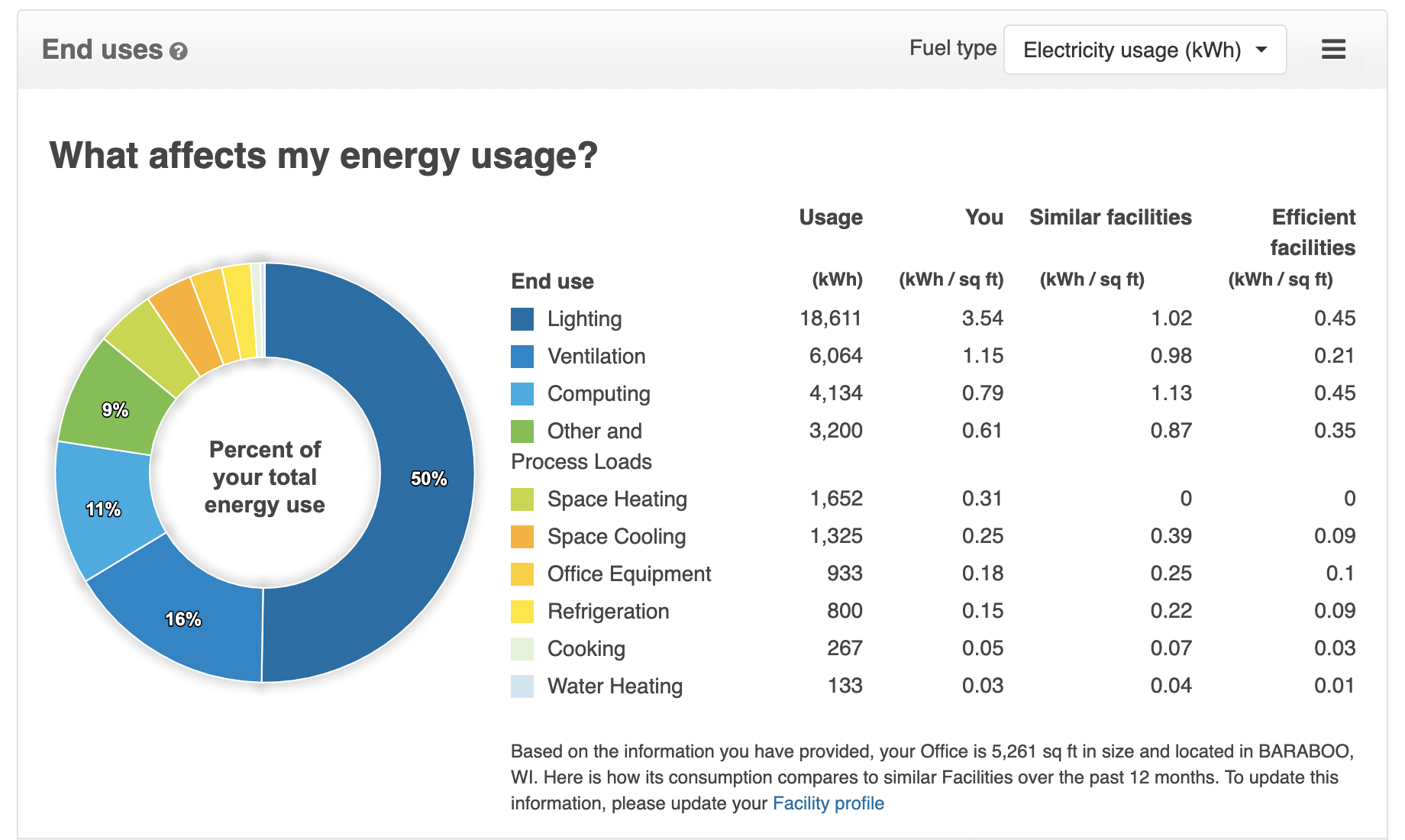Summer air conditioning accounts for a cool 10% of total energy use in commercial buildings nationwide, according to the U.S. Department of Energy. Although cooling is important for comfort and productivity, it also presents a significant opportunity to reduce your operating costs. Use these measures to reduce your energy bills this summer and all year long.
Benchmark your facility and set energy-saving goals
The first step to develop an energy-saving program for summer – or any time of year – is to measure your current energy use against industry standards. This will help you locate opportunities to improve efficiency and set energy-saving goals. Use ENERGY STAR Portfolio Manager® to compare your energy consumption.
Inspect and maintain your cooling system
Hire a qualified professional to inspect your air conditioning system and perform regular maintenance to ensure efficient operation.
Here are some energy-saving maintenance strategies:
- Inspect ductwork and seal leaks. Leaks reduce performance and efficiency.
- Check and replace air filters regularly. Dirty filters reduce airflow and waste energy.
- Keep outdoor condensing units free of dust and dirt that blocks airflow.
- Calibrate thermostats to make sure they function properly.
Adjust cooling equipment to occupancy schedules
Is your building temperature set at the same level 24 hours a day? A highly effective, no-cost way to save energy is to adjust temperature settings when the building is unoccupied. For every two degree increase in temperature over a 12-hour period, you can save 3% in cooling costs.
Upgrade lighting systems
Energy-efficient lighting technologies such as LEDs give off less heat than conventional bulbs. You'll not only reduce lighting costs, but air conditioning load as well. For additional savings, install occupancy sensors to turn off lights in areas with varying use such as conference rooms and restrooms. Also, use photo sensors and controls to dim lights when free daylight is available.
Reduce peak demand charges
Peak demand is a term to describe your most energy-intensive time period during the billing cycle, measured in 15- or 30-minute intervals. You're charged for peak demand because it costs money to make that extra power available. Demand charges can become a problem during the summer when air conditioning loads strain the electrical grid.
These tips will help reduce your peak demand:
- Set daytime building temperature higher to reduce cooling demand; allow employees to wear appropriate clothing to ensure comfort.
- Sequence or schedule equipment operation using an energy management system (EMS).
- Use backup generators to power equipment that can't be shifted away from peak demand periods.
Get everyone involved
Employee cooperation is necessary to reduce energy costs. Meet with staff to educate employees on basic energy-saving behaviors. Discourage the use of personal fans. If employees feel uncomfortable, it could be a sign of a cooling system problem you should address. Encourage employees with windows to adjust shades to allow for daylight but minimize heat gain. If everyone works together, you can save energy this summer and beyond.

